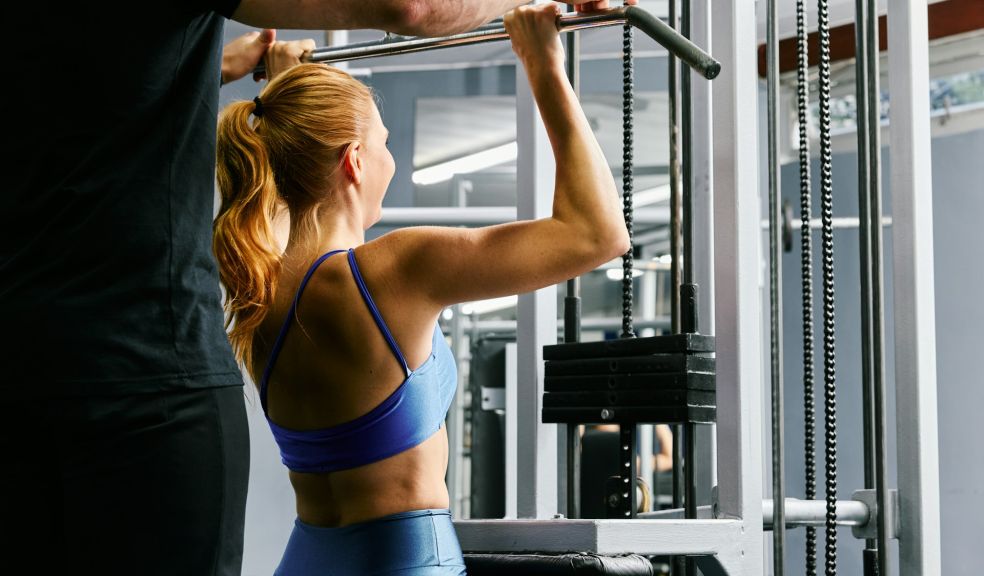
Breaking barriers: The rise of strength training for women in sport
For decades, strength training has been overlooked in women’s sports training programmes, often seen as secondary to endurance or skill-based drills. However, the tide is turning. Across all levels of sport, from elite athletes to grassroots competitors, women are incorporating strength training into their routines and reaping the benefits. This shift is not just enhancing performance but also challenging outdated perceptions about female strength and athleticism.
Strength training: a game-changer for female athletes
Strength training is now recognised as a fundamental component of athletic success. While once considered primarily for male-dominated sports, it is now a staple in disciplines ranging from football and tennis to athletics and swimming. The benefits go beyond just muscle development. Increased strength improves power, agility, endurance, and injury resilience—factors that contribute to long-term success in sport.
One of the most significant advantages of strength training is injury prevention. Women, particularly in high-impact sports, are at greater risk of certain injuries, such as ACL tears. Strengthening the muscles, tendons, and ligaments around key joints reduces this risk. Additionally, weight-bearing exercises help improve bone density, which is crucial in reducing the likelihood of osteoporosis later in life.
The psychological benefits are equally important. Strength training builds confidence, resilience, and a sense of empowerment. For many female athletes, lifting heavier weights and seeing tangible progress fosters a stronger mindset, both in sport and in everyday life.
Dispelling the myths
Despite its proven advantages, misconceptions around women and strength training persist. Many still believe that lifting weights will result in excessive muscle bulk, but in reality, female athletes develop lean, functional muscle. Others assume that strength training is only beneficial for certain sports, yet its impact is evident across disciplines—runners build stronger legs, swimmers improve upper-body endurance, and footballers gain explosive power.
The essential equipment for strength training
Having the right equipment is key to making strength training effective and accessible for female athletes. Whether training in a professional gym, sports facility, or at home, the following tools provide the foundation for a strong, well-rounded routine:
- Free weights (Dumbbells, Barbells, Kettlebells) – Ideal for multi-joint movements like squats, deadlifts, and overhead presses, these help develop full-body strength and power. For those looking to build functional strength, investing in high quality free weights is a great starting point.
- Resistance machines – Selectorised equipment, such as leg presses and lat pulldowns, provide controlled, targeted strength work, making them useful for building foundational strength safely.
- Functional training tools – Sleds, suspension trainers, and battle ropes introduce dynamic movement, crucial for developing speed, agility, and endurance.
- Plyometric and bodyweight training – Pull-up bars, plyo boxes, and resistance bands help improve explosive power, coordination, and core stability.
- Recovery and conditioning tools – Foam rollers, mobility balls, and resistance bands aid recovery and injury prevention, ensuring muscles stay supple and strong between sessions.
The future of female strength training
The increasing adoption of strength training in women’s sport is not just about improved performance—it represents a cultural shift towards redefining what female athletes can achieve. More sports teams and training facilities are investing in tailored strength programmes, and gym environments are adapting to support this growing demand. Leading fitness brands such as Gym Gear are ensuring that female athletes have access to high-quality, professional-grade strength equipment designed to support their training goals.
As barriers continue to be broken, one thing is clear: strength training is here to stay. Female athletes are not just matching their male counterparts in the gym; they are setting new benchmarks, proving that strength, power, and resilience are essential ingredients for success in any sport.










